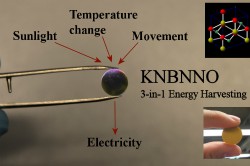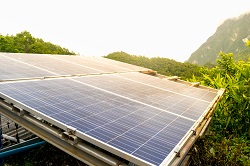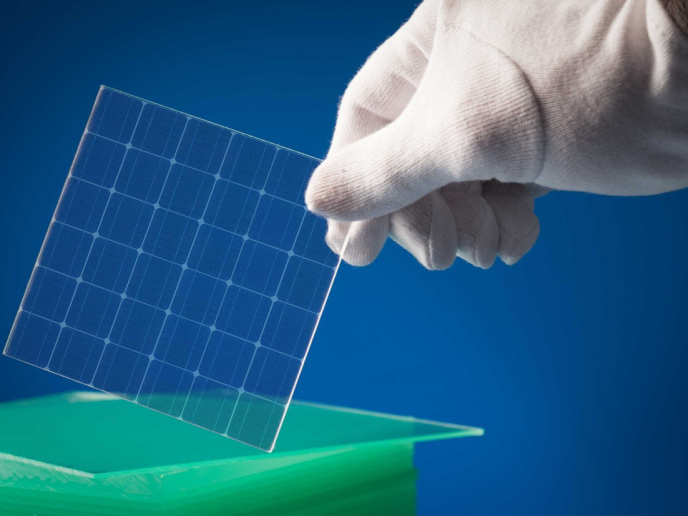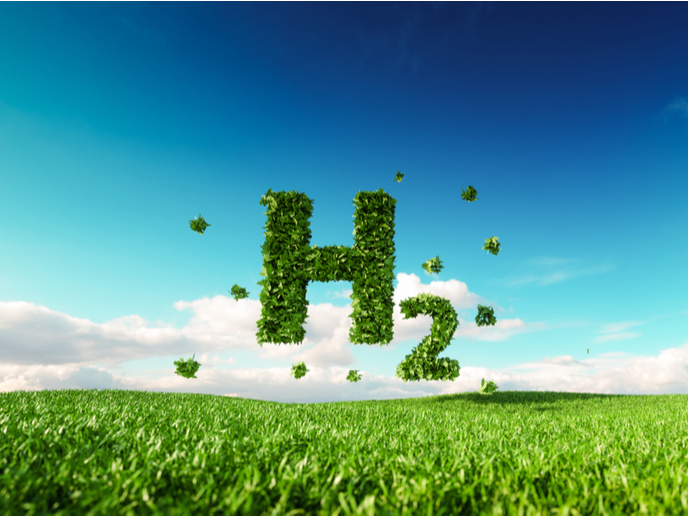Next-generation power sources pave the way for self-sustaining devices
In recent years, various energy harvesting techniques have been developed to overcome battery shortcomings in terms of cost and chemical safety. Energy harvesters convert different forms of energy into electricity to make devices self-powered, but they have not yet replaced batteries for several reasons. “A crucial and urgent question has been raised – how to realise the huge potential of energy harvesting technology?” asks NextGEnergy Marie Skłodowska-Curie Fellow Yang Bai. The EU-funded NextGEnergy set out to study if one material could harvest multiple sources of energy. “We were looking for a material which can simultaneously convert light, thermal, and kinetic energy into electricity,” says Bai. Having discovered a material able to harvest all three energy types, they put it to use where devices need to be small and portable. A wonder material to replace batteries The researchers began by looking at the chemical composition of their material, called KNBNNO, to determine its basic electrical properties. They focused on modifying conventional ferroelectric materials, which are used in sensors and actuators. Researchers conducted experiments to reduce the bandgap of their material, a property that needs to be small for the material to absorb sunlight. The team faced some technical challenges at the start of the project as no one had tried to develop such a material before. They attempted to combine narrow bandgap semiconductors and strong ferroelectrics to get the wonder material they were looking for. The team was looking “to achieve multi-functional and thus multi-source energy harvesting on the same material,” Bai says. A mistake becomes a happy accident They spent the first quarter of their project modifying the chemical composition of their material to make it work, and found that their method had been flawed. “We assumed this is why there has not been success stories about this earlier,” says Bai. “At that point, we were at the situation where there was no relevant experience or reference for what we were doing at all.” By reducing what is called doping concentration to a low enough level, the researchers found that they could use their material as a solar cell in addition to its other energy harvesting properties. “The entire project then turned overnight from a constant struggle to a groundbreaking scientific success.” While researchers initially designed their novel material to harvest different energies, they discovered the potential for other applications. The researchers found that the new material could also be applied in next-generation opto-electric and opto-ferroelectric devices. Taking the new material to market Looking forward, the researchers hope to use their results along both industrial and scientific routes. They plan to integrate their results with their existing know-how to commercialise their material and its energy-harvesting properties as soon as possible. The current trajectory of new technology is pointing toward a future powered by batteries, but unlike batteries the team sees the sustainability of their novel material. “When charging is convenient, the battery is undoubtedly a more favourable solution to human beings to address the issue of energy storage and power source,” research team leader Jari Juuti says. “However, every year billions of batteries are thrown away, and this is an environmental risk due to chemicals in the batteries, if not handled properly.” This will become more significant as the Internet of Things grows from the current billions to trillions of battery-powered devices.
Keywords
NextGEnergy, ferroelectric, Internet of things, opto-electric, , solar cell, kinetic energy, photo-ferroelectric, piezoelectric







